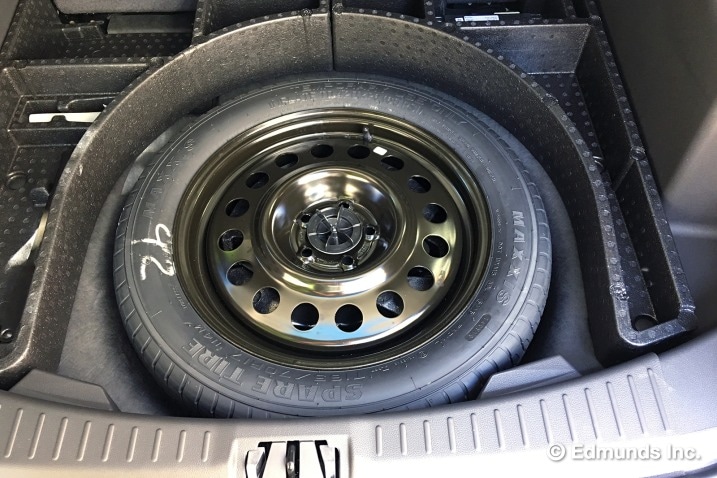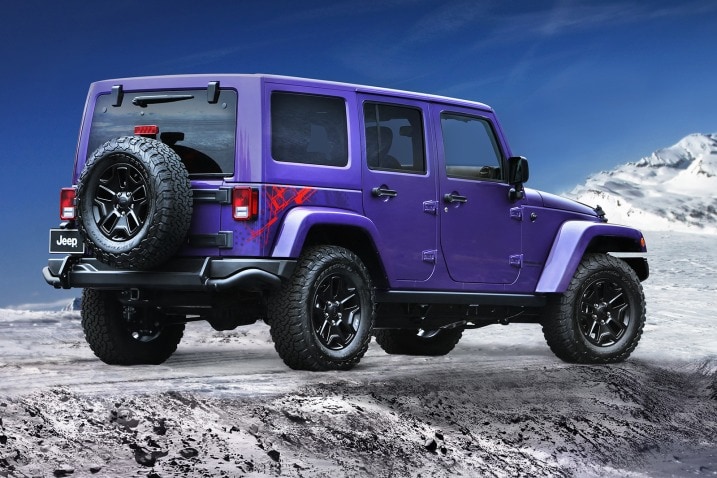Full-Size Spares
SUVs and trucks are two of the few holdouts in the shift away from full-size spare tires.
A full-size spare is the same size as the other tires on the vehicle. Full-size spares come in matching and non-matching varieties. A matching spare is identical to the other wheels and tires on the vehicle. A non-matching full-size spare typically has a lighter-weight construction and a shallower tread depth that reduce vehicle weight to improve fuel economy and make the spare easier to install, according to Tire Rack.
Although they are the biggest and heaviest of the spares, full-size tires offer virtually no performance loss. If you have a matching spare, you can get the tire fixed at your convenience rather than immediately, which you would have to do if you had a temporary spare. Full-size spares must be incorporated into the vehicle's rotation pattern to ensure a long tread life and balanced handling characteristics.
There has been a 38 percent decrease over the past decade (accounting for about 50 fewer models) in vehicles that come equipped with full-size spares. Except for trucks or larger SUVs, full-size spares have disappeared from the majority of passenger cars. The full-size spare is standard on 22 percent of 2017 vehicles.
A Phone Instead of a Spare?
In the immediate future, automakers will likely keep looking for ways to shed weight from their vehicles. We've already seen BMW embrace run-flat tires. GM has moved more toward tire repair kits in many of its vehicles.
Truck buyers can rest assured that their vehicles will still come with full-size spares for the foreseeable future. "Consumers will continue to demand full-size spares for the type of work they do, towing trailers and going off-road," said GM's Dave Cowger.
If the thought of a missing spare fills you with anxiety, here's a reality check: Most people reach for the phone, rather than the spare, when they have a flat.
"Our research says that only about half the people who have spare tires actually use them when they have a flat," Cowger said. "Because of the convenience of roadside assistance, many of them make that call even if they have a spare."






 by
by 